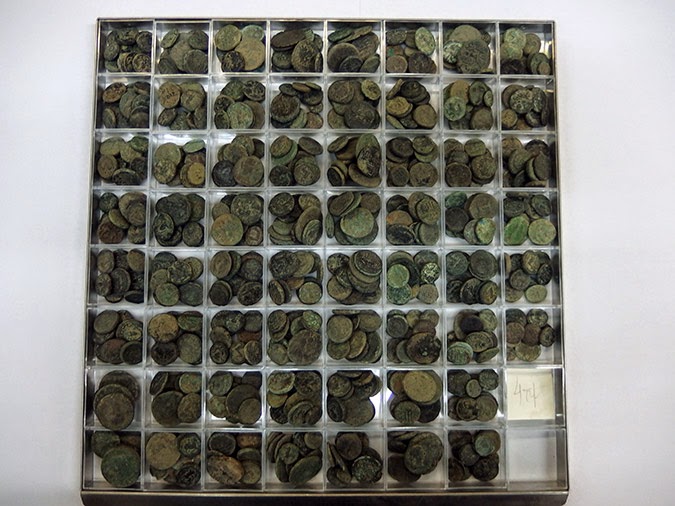Merry Wanderer of the Night:
Archeology
Theseus Ring goes on display for the first time
Libya: Years of conflict threaten archaeology in Libya

North America: Artifacts at risk as Black Warrior River erodes soil at Moundville

Heritage: 2,607 ancient Greek coins repatriated from Germany

Heritage: Group to sue over 'botched' Tutankhamun mask repair

More Stuff: Delos museum construction plans approved
Heritage: Tutankhamun’s burial mask "irreversibly damaged"

North America: Sacred Native American site vandalized

Italy: Italy unveils record haul of looted antiquities

Heritage: Graeco-Roman necropolis uncovered in Alexandria

Heritage: 35,000-year-old skeleton to return to Egypt


